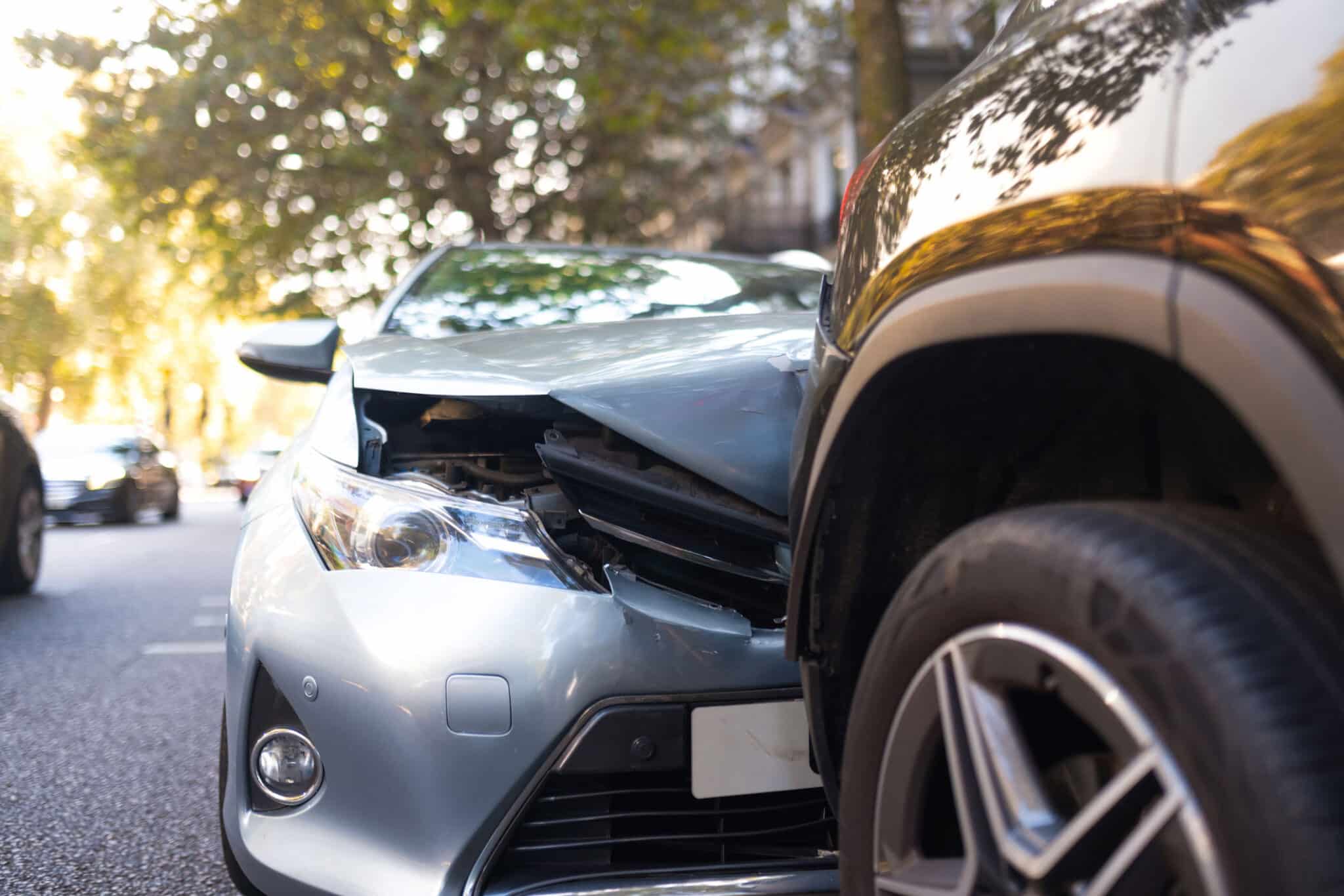Not all car accidents are created equal.
A fender-bender at a red light is a whole different animal than a violent side-impact crash at an intersection.
In Texas, two of the most common types of collisions are rear-end accidents and T-bone accidents (also called side-impact or broadside crashes). While both can cause serious injuries, the legal and insurance issues surrounding each are very different.
If you’ve been involved in either one, here’s what you need to know to protect your rights and get compensated.
What Is a Rear-End Accident?
A rear-end crash happens when one vehicle hits the back of another. This often occurs due to:
- Tailgating
- Distracted driving
- Sudden stops
- Weather-related braking issues
- Speeding in traffic
In most cases, the driver in the back is considered at fault—but not always. There are exceptions, which we’ll cover shortly.
What Is a T-Bone Accident?
A T-bone accident happens when the front of one vehicle strikes the side of another, forming a “T” shape. These usually occur at intersections and are often caused by:
- Running red lights or stop signs
- Failing to yield
- Turning left without clearance
- Speeding through yellow lights
Determining fault in a T-bone crash can be more complex than in a rear-end collision. It often comes down to who had the right of way and who violated traffic laws.
Who’s at Fault? (Legal Differences)
Rear-End Accidents:
- In Texas, the rear driver is almost always presumed at fault.
- But the lead driver may be partially responsible if they:
- Suddenly slammed on the brakes for no reason
- Had broken brake lights
- Reversed without warning
Texas uses comparative negligence, meaning both drivers can share fault. But even then, the rear driver typically bears the brunt.
T-Bone Accidents:
- Fault depends on:
- Traffic signals
- Witness testimony
- Surveillance or dashcam footage
- Police reports
- Either driver could be at fault—or both.
That’s why T-bone accidents often require a car accident lawyer help to investigate thoroughly.
Injury Risks: Rear-End vs. T-Bone
Rear-End Injuries:
- Whiplash
- Back pain
- Head trauma
- Concussions
- Airbag injuries
Whiplash is the most common and often underestimated. Symptoms may not show up for days.
T-Bone Injuries:
- Broken ribs or arms
- Head trauma from side window impact
- Internal bleeding
- Spinal injuries
- Pelvic fractures
T-bone crashes are more dangerous overall, especially for passengers sitting on the impacted side. The sides of vehicles have less protection than the front or rear.
How Insurance Claims Work in Texas
Rear-End Claims:
- Typically more straightforward
- Liability is usually clear
- Insurance adjusters may still lowball whiplash or soft tissue injuries
- Document everything: photos, medical visits, repair bills
T-Bone Claims:
- Often involve disputes over fault
- May require accident reconstruction or expert testimony
- Insurance companies may blame the victim to reduce payouts
That’s why T-bone victims should never go it alone. Having a legal team like Jim Adler & Associates levels the playing field.
What to Do After Either Type of Crash
Regardless of the type of accident, take these steps immediately:
- Call the police – Get an official crash report
- Document the scene – Take photos of both cars, injuries, road signs, traffic lights
- Get medical care – Even if you feel “fine,” injuries can show up later
- Don’t admit fault – Let the investigation determine what happened
- Call a car accident lawyer – The sooner, the better
FAQs: T-Bone vs. Rear-End Car Accidents in Texas
Q: Is the rear driver always at fault in a rear-end crash?
A: Usually—but not 100%. Exceptions include brake-checking or faulty brake lights.
Q: What if I was hit in a T-bone accident and don’t know who ran the light?
A: You’ll need an attorney to help collect evidence—like traffic camera footage or witness statements.
Q: Can I still get compensation if I’m partially at fault?
A: Yes. Texas follows modified comparative fault. If you’re less than 51% at fault, you can still recover damages (reduced by your % of fault).
Two Crash Types, One Legal Team
Rear-end and T-bone crashes may seem similar at first glance—but they play out very differently when it comes to injuries, fault, and insurance claims. The one thing they have in common?
They can both turn your life upside down.
Let us help set things right.
Rear-end or T-bone, you still deserve justice.
Call Jim Adler today for a FREE consultation. We’ll investigate your crash, prove fault, and fight for the compensation you deserve.





